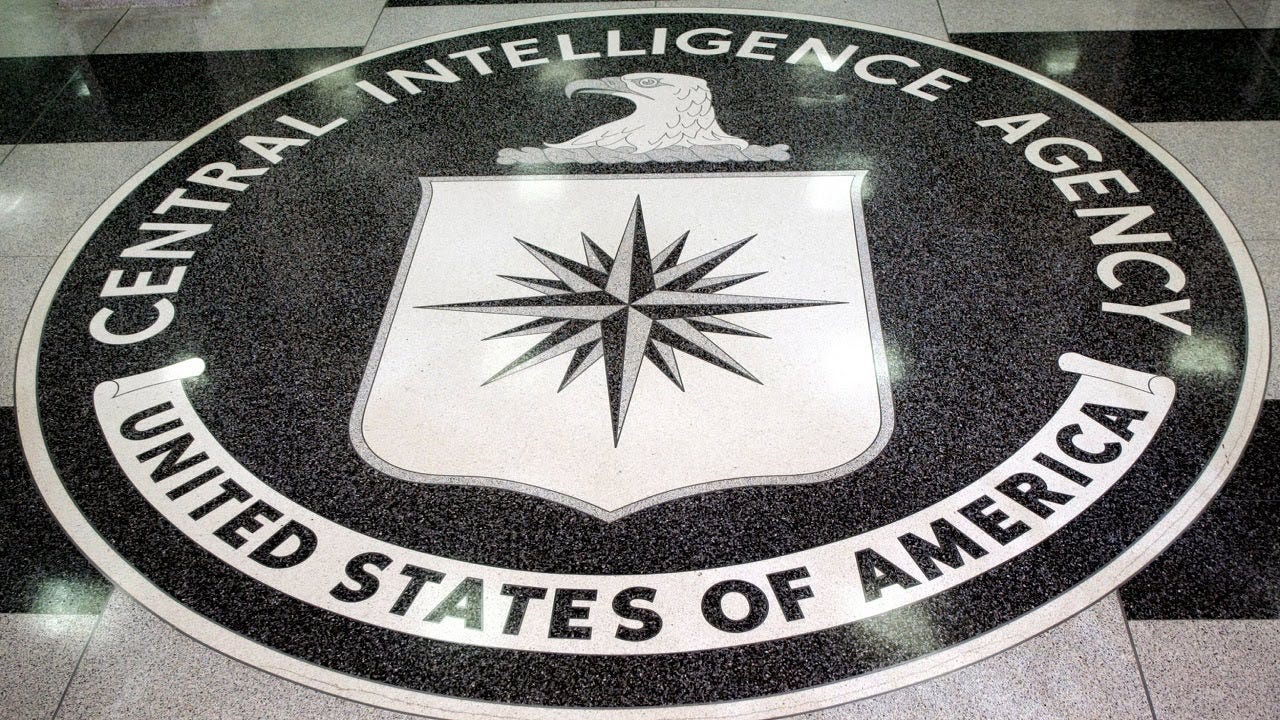Chapter 2 Opening of The Finders
The Foundation of The Finders Network and The CIA’s Monitoring and Manipulation of 1960s “Counterculture”
The Finders Network was started by the United States Central Intelligence Agency (CIA) and the United States Military-Industrial Complex (MIC) during the 1960s. Marion Pettie was the leader of The Finders. Most of my book on The Finders Network will be dedicated to proving the direct involvement of The Finders with the CIA (and possibly the Israeli Mossad), the MIC, non-governmental organizations, and branches of corrupt federal, state, and local governments. During the 1960s Pettie began gathering people to form The Finders. The Finders appeared to the outside world as a modified idea of the 1960s, hippie commune concept. “Co-ownership” of property and funds (controlled by Pettie and used by members of The Finders with permission) supposedly occurred within the network. Pettie placed The Finders Network funds, valuables, and deeds into an “invisible bank.” Some of the money was likely funneled back into the CIA and the MIC to finance other black projects. Members of The Finders had a complete lack of private property ownership. However, Pettie, through The Finders, owned and used many valuable properties throughout the world for the network. Vehicles and property were “supposed” to be communally owned, and members were allowed very few personal items. Finders members claimed to have autonomy and could supposedly leave and rejoin the network as they pleased. However, many former members of The Finders were said to have been harassed when they abandoned the network per the testimony of former members and investigative journalists.[1] [2] [3]
Finders leader Marion Pettie supposedly stated in Finders member Tobe Terrell’s book The Gamecaller that any contribution by Finders members to the “invisible bank” was voluntary. Pettie noted that “nobody has any legal hold on anybody else. It’s all based on trust. People pool their resources, but everything is a day at a time. You can take your share and leave any time you want to.” Pettie said his son George Pettie handled all the bookkeeping and managed the “invisible bank.” Pettie claimed that George paid The Finders bills with money from the “invisible bank.” Pettie claimed that money from the “invisible bank” was mainly used to purchase real estate. Pettie supposedly said, “we’ve got six hundred acres in the country and that’s more than we can use, so we’re looking for people to share it. And we’re looking to buy some more land in D.C. or Arlington.” Some of the properties that we know The Finders used and/or owned include the Washington D.C. W Street apartments, the Washington D.C. warehouse, at one time another warehouse located in the San Francisco area, hundreds of acres (Culpeper, Madison, and Rappahannock Virginia counties) around Culpeper Virginia known as the “Free State,” numerous buildings and houses on the “Free State” property (Pettie supposedly owned a ninety-acre farm himself), the Culpeper State Theater, the Culpeper former Medical Arts building on Locust Street, a house on Macoy Avenue in Culpeper. Virginia, an unknown property in Maryland, an undisclosed property in Florida, and unknown assets in London, Tokyo, and Hong Kong. Numerous owned worldwide properties and hundreds of acres of land for such a “small” group of communal “hippies.”[4] [5] [6] [7] [8] [9]
Keep reading with a 7-day free trial
Subscribe to We've Read The Documents to keep reading this post and get 7 days of free access to the full post archives.


